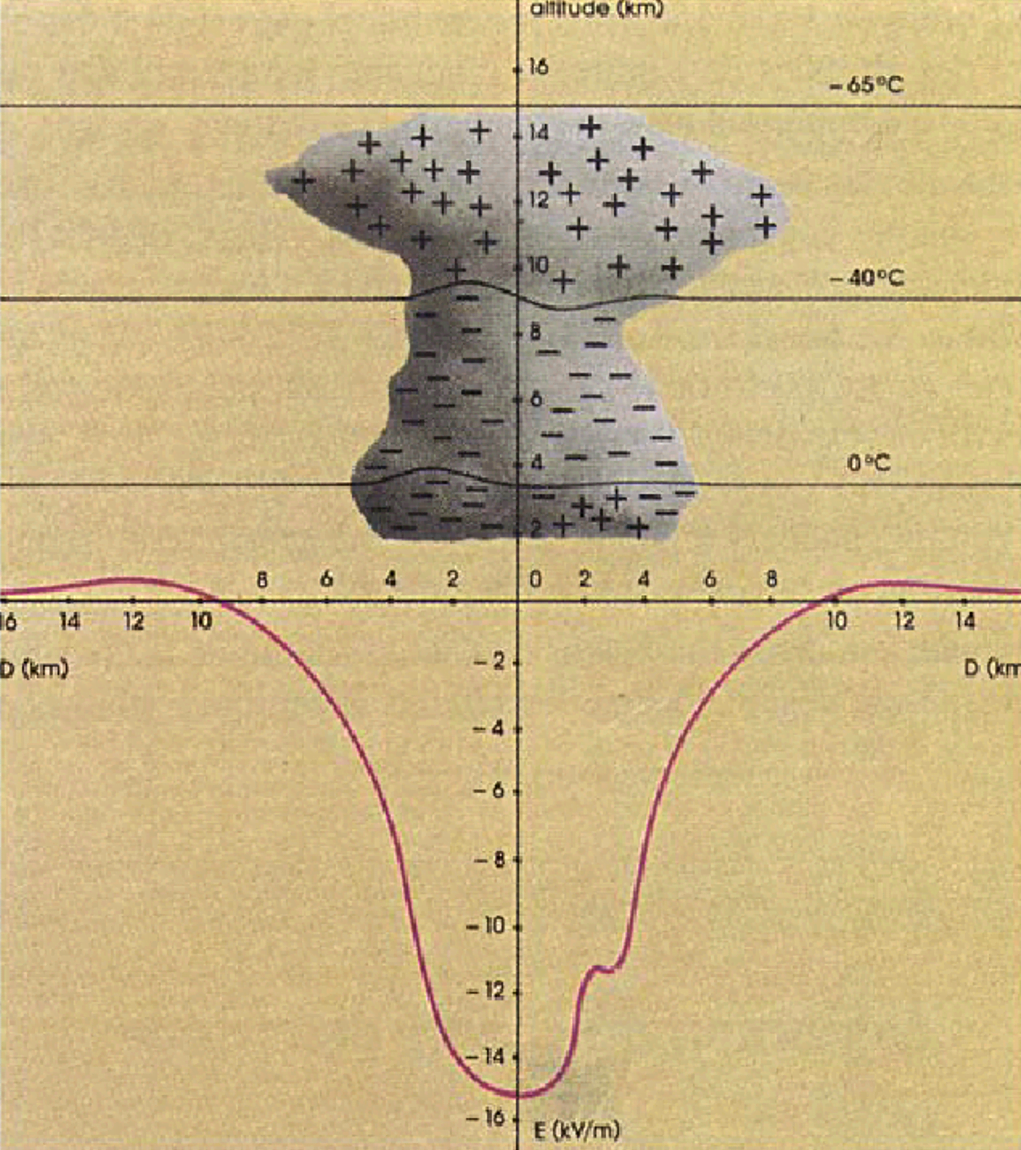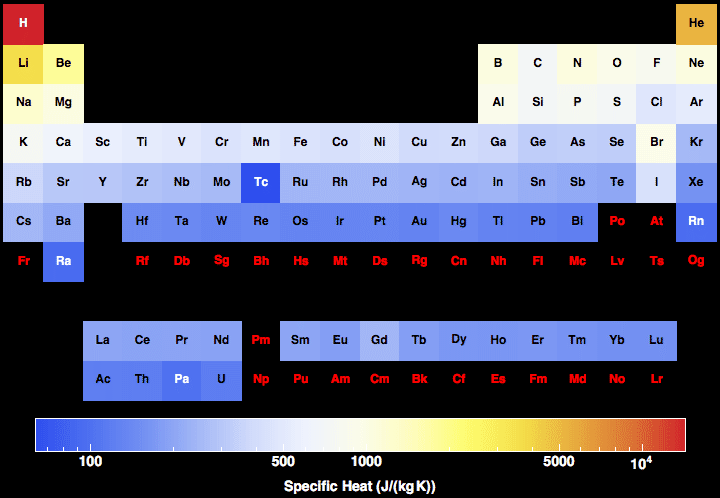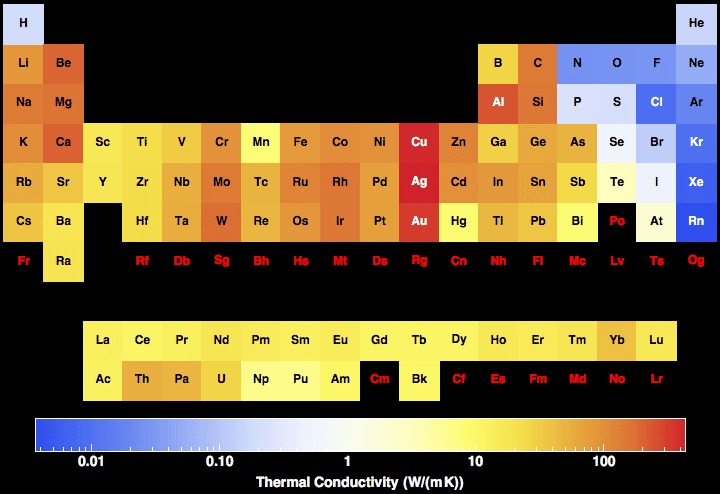The Sage of Main Street
Gold Member
- Sep 15, 2016
- 19,706
- 5,409
Educated Eunuchsthe heat in the earth is stationary and doesn't radiate, if it radiated like typical heat the surface would be like a pan on a stove, but as pressure on a substance increases so does its temperature, its how flourocarbons work in AC, you put pressure on them and they heat up, then you blow the heat away which isn't conventional radiation heat, but pressure heat, then when the refridgerant expands, its freezing cold.
We really must explore the Earth all the way to the core and develop its immense untapped resources. Childish escapist nerds who run away to the nursery school of work without pay in college are leading us astray with their reactive snobbery about theoretical physics.






